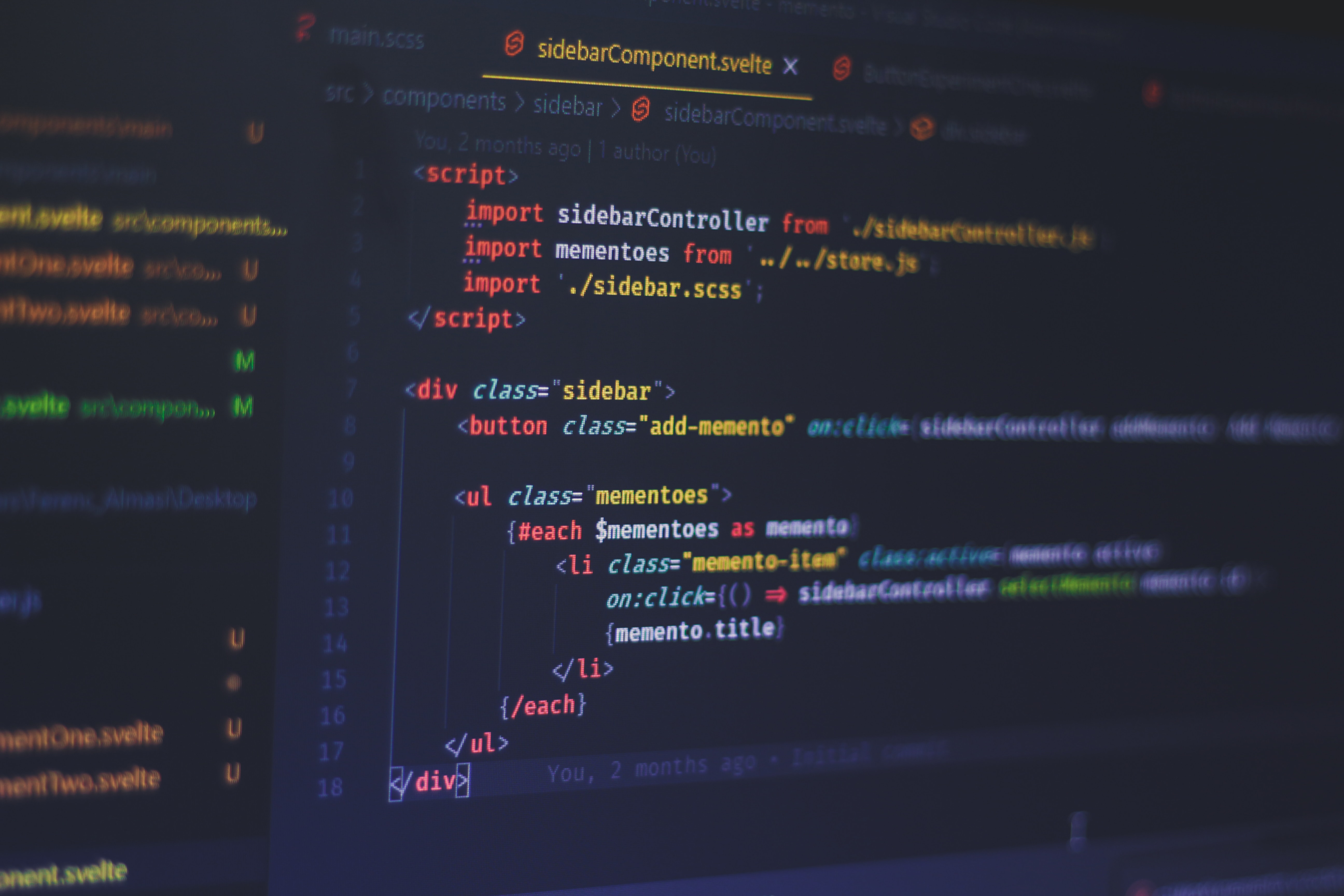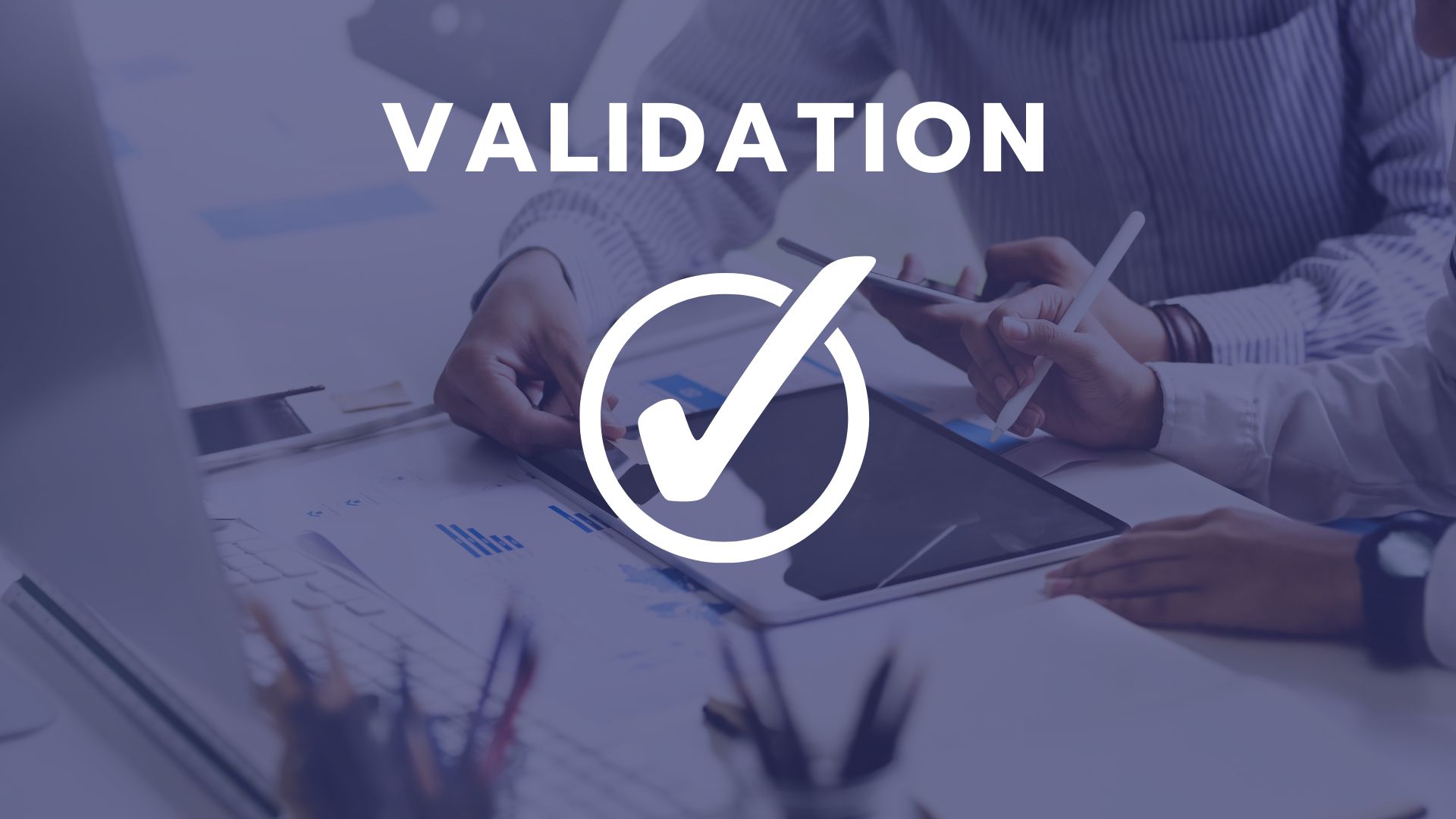HTML is the foundation of every web page, and there are certain essential elements that every developer should master to create effective and well-structured web content. These fundamental building blocks include tags such as HTML, head, title, body, h to h6, p, br, hr, and the comment tag !-- --. These elements are the backbone of HTML and provide the structure and organization necessary to create content that is both visually appealing and easy to navigate. While there are many more advanced HTML tags and features to learn, mastering these essential elements is the first step in becoming a proficient web developer. By understanding and using these tags effectively, developers can create websites that are accessible, user-friendly, and optimized for search engines.
<!doctype>
This is a document type declaration that is used to specify the version of HTML being used in the document. It must be the first line of an HTML file.
<html>
This is the root element of an HTML document, and it contains all other elements in the document.
<head>
This element is used to define metadata about the document, such as its title, links to stylesheets and scripts, and other information that is not displayed on the page.
<title>
This element is used to define the title of the document, which appears in the browser's title bar or tab.
<body>
This element contains all the visible content of the document, including text, images, videos, and other media.
<h1> to <h6>
These elements are used to define headings of different levels of importance, with h1 being the most important and h6 being the least important.
<p>
This element is used to define paragraphs of text.
<br>
This element is used to create a line break within a paragraph or other block-level element.
<hr>
This element is used to create a horizontal line, which can be used as a visual separator between different sections of a document.
<!-- -->
This is a comment tag that is used to insert comments in the HTML code. It is not displayed on the page and can be used for notes or to temporarily remove code without deleting it entirely.


